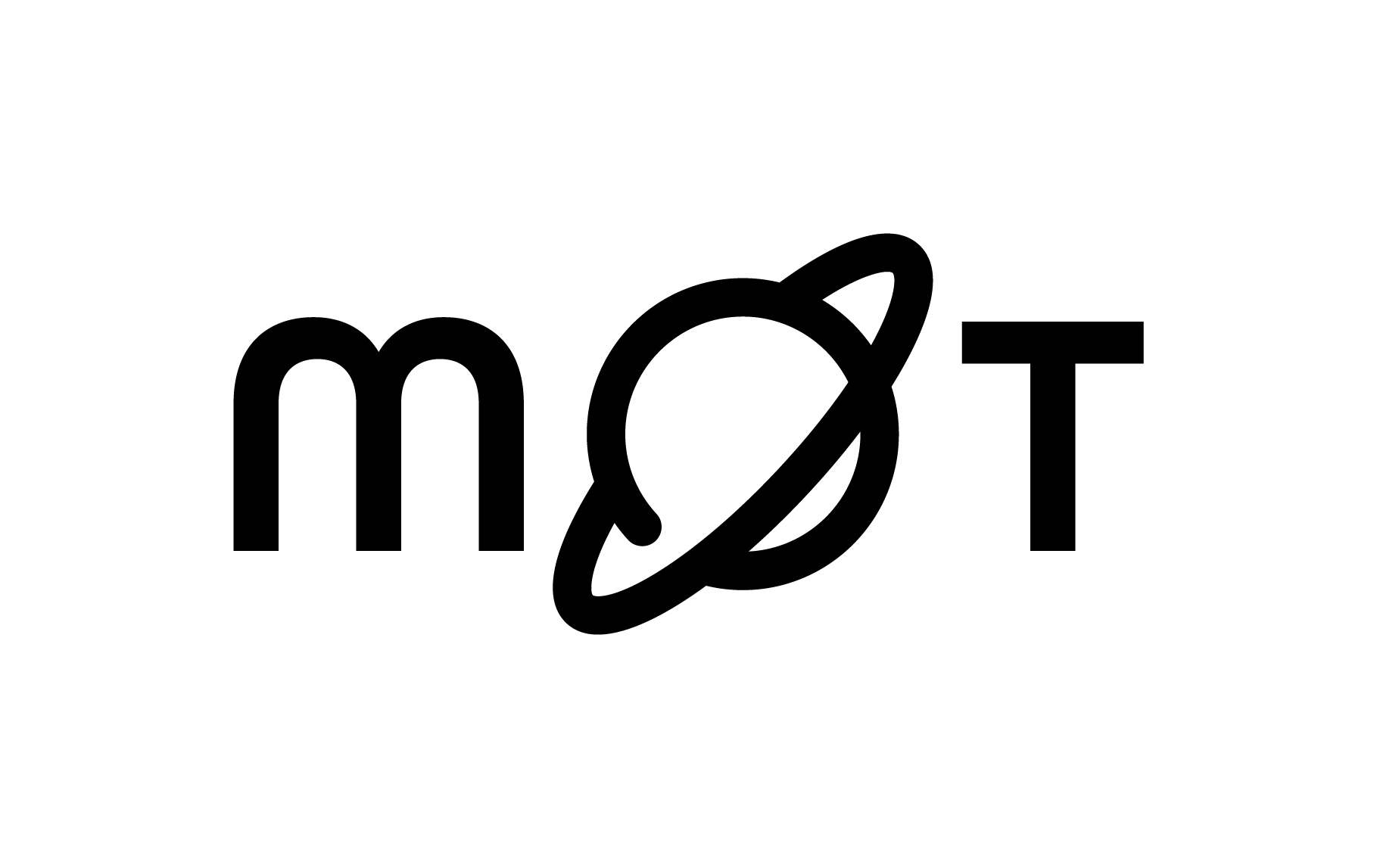By the end of this guide you will be able to:
- Identify learning outcomes and their key features
Learning outcomes are concise, measurable statements that describe what learners will be able to achieve after they’ve successfully completed the learning content (whether it's a course, talk, workshop or any piece of content).
Five Conditions of Effective Learning Outcomes
Well-written learning outcomes have the following five conditions:
Learner-centred
It’s very easy to focus on what you want to teach rather than what you want your learners to be able to do. But, outcomes should be written from the perspective of your learners and use language they understand.
Concise
Outcomes are written in short, clear sentences.
Measurable
Outcomes start with an action verb that is specific and observable so learners and/or you can assess whether they can achieve them.
Attainable
Outcomes should not be aspirational. All target learners should be able to demonstrate the knowledge or skill described by the outcome when they have successfully completed the content.
Knowledge And Skills Based (Not task-based)
Outcomes should focus on the skills and knowledge learners will acquire to demonstrate their proficiencies rather than focusing on the tasks themselves e.g. essay, quiz etc.
For example,
Ideal Conditions | Learning Outcome Where The Condition Is Not Met | Learning Outcome Where The Condition Is Met |
Learner-centred | Instructor-centred (what they’ll teach): “Explain the benefits of various exercises for an elderly person.” | Learner-centred (what they want learners to be able to do): “Determine the most appropriate exercise plan for health maintenance in an elderly patient” |
Concise | Not Concise: “Analyse American foreign policy, from 18th-century diplomatic relations with Europe to the Monroe Doctrine, considering the ways in which shifts from expansionism and Manifest Destiny to isolationism and protectionism impacted relations with neighbouring nations and Native Americans.” | Concise: “Analyse how changes in American foreign policy during the 18th and 19th centuries impacted relations with neighbouring nations and Native Americans.” |
Measurable | Not Measurable: “Understand symbolism.” | Measurable: “Use symbolism in your own writing.” |
Attainable | Aspirational: “Create a successful food truck business.” | Attainable: “Design a business proposal for a mobile food business.” |
Knowledge And Skills Based | Task-based “Explore the key characteristics of personality development theory through lectures, readings, and assignments.” | Knowledge and skills based “Describe the key characteristics that distinguish each personality development theory.” |
It can sound complicated with all the above conditions, but there is a simple 3-step formula to help you write effective learning outcomes. There is also further information and support on creating learning outcomes later in this guide.
The Three Components of Learning Outcomes
There are three components used to write learning outcomes, which are as follows:
Format component - this gives the context in which the learning will take place (e.g. talk, workshop etc.)
Action verb component- This specifies the level of learning (e.g. Understand, Create etc.)
Learning statement component - this states exactly what the learners will demonstrate to show their learning.
Let’s look at these components in more detail.
Format Component
For a single piece of content, you would usually have a list of several outcomes. Your list of outcomes should start with a format component that highlights the context in which the learning will occur.
At Ministry of Testing we use the following contextual statement:
“By the end of this (content), you will be able to:”
With the “you” referring to your learners as all outcomes should be learner-centred and aimed at what they can achieve. Followed by your list of outcomes.
For example,
By the end of this lesson, you will be able to:
Recall the conditions necessary for bacterial growth
Identify different sources of bacterial contamination etc.
Action Verb and Learning Statement Components
Individual learning outcomes can be broken down into two main components. All outcomes should:
Start with an action verb that specifies the desired level of learning (verbs associated with the six levels of learning will be discussed in the section “How To Create Learning Outcomes.”)
Followed by a learning statement that specifies what learning will be demonstrated.
For example,
By the end of this (content), you will be able to:
Action Verb | Learning Statement |
Describe | three strategies for facilitating effective group process using the Social Change Model of Leadership. |
Compare | the advantages and disadvantages of four different teaching assessment methods |
Evaluate | statistical claims around the cost of living crisis in popular press |
3-Step Formula For Writing Effective Learning Outcomes
Now you know all three components for writing outcomes, the 3-step formula for structuring them is as follows:
By the end of this (learning content), you will be able to:
(action verb) + (learning statement).
For example, in the talk that we discussed at the beginning of this guide, you would write.
By the end of this talk, you’ll be able to:
Compare the benefits of analytic and intuitive modes of bug detection
Recognise the benefits of being able to acquire interactional expertise and tacit knowledge etc.
Check Your Knowledge
Now you know all there is to know about what learning outcomes are. We’ve created a short quiz so you can check your understanding of the key conditions of outcomes and their structure.
Up Next
